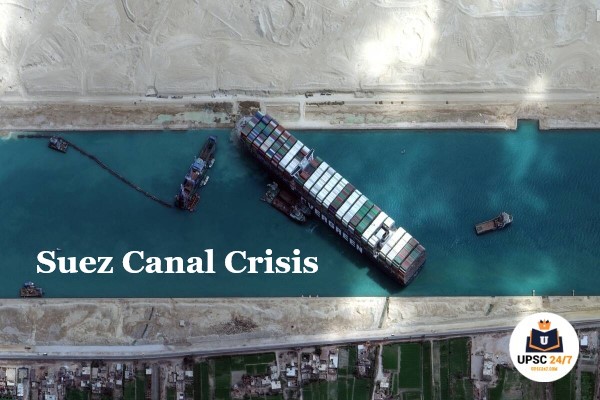Dholavira UNESCO World Heritage Site | UPSC | Explained | Why in The News ?
News : Dholavira in Gujarat has got the tag of a UNESCO World Heritage Site. It is now the 40th treasure in India to be given UNESCO World Heritage tag. It is the first site of the ancient Indus Valley Civilisation (IVC) in India to get the tag.
About Dholavira:
- It is a Harappan-era city sprawled over 100 hectares on Khadir, one of the islands in the Rann of Kutch.
- It dates from the 3rd to mid-2nd millennium BCE.
- One of the five largest cities of the Indus Valley Civilisation, Dholavira is located about 250 km from Bhuj.
- It has two seasonal streams, Mansar and Manhar.
- Dholavira is an exceptional example of a proto-historic Bronze Age urban settlement pertaining to the Harappan Civilization.
- It is one of the very few well preserved urban settlements in South Asia dating from the 3rd to mid-2nd millennium BCE.
- It is the 6th largest of more than 1,000 Harappan sites discovered so far.
- Harappans were maritime people And They trade With Other Countries .
Distinct Features of the Site:
- Dholavira Has Cascading series of water reservoirs.
- Dholavira Also Has Outer fortification.
- There Were Two multi-purpose grounds, one of which was used for festivities and other as a marketplace.
- There Were Nine gates with unique designs In Dholavira.
- Funerary architecture featuring tumulus — hemispherical structures like the Buddhist Stupas.
- Multi-layered defensive mechanisms, extensive use of stone in construction and special burial structures.
- A series of reservoirs are found to the east and south of the Citadel.
- No mortal remains of humans have been discovered at Dholavira.
- Remains Of Copper smelter Were Found and It indicate of Harappans, who lived in Dholavira, knew metallurgy.
- It is believed that traders of Dholavira used to source copper ore from present-day Rajasthan and Oman and UAE and export finished products.
- It was also a hub of manufacturing jewellery made of shells and semi-precious stones, like agate and used to export timber.
- Dholavira used to trade with the Mesopotamians.
Dholavira Reason To Decline:
- Its decline also coincided with the collapse of Mesopotamia, indicating the integration of economies.
- Harappans, who were maritime people, lost a huge market, affecting the local mining, manufacturing, marketing and export businesses once Mesopotamia fell.
- From 2000 BC, Dholavira entered a phase of severe aridity due to climate change and rivers like Saraswati drying up.
- Because of a drought-like situation, people started migrating toward the Ganges valley or towards south Gujarat and further beyond in Maharashtra.

Other Harappan Sites in Gujarat
Lothal:
- It was excavated between 1955 and 1960 and was discovered to be an important port city of the ancient civilisation, with structures made of mud bricks.
- From a graveyard in Lothal, 21 human skeletons were found.
- Foundries for making copperware were also discovered.
- Ornaments made of semi-precious stones, gold etc. were also found from the site.
Rangpur : It Is on the bank of Bhadar river in Surendranagar district was the first Harappan site in the state to be excavated.
Rojdi : It Is Located in Rajkot district
Prabhas : It Is Located near Veraval in Gir Somnath district.
Lakhabaval in Jamnagar
Deshalpar in Bhuj taluka of Kutch are among other Harappan sites in the state.
Other World Heritage Sites in Gujarat
Other than Dholavira, there are 3 UNESCO World Heritage Sites in Gujarat.
- Historic city of Ahmedabad
- Rani ki Vav, Patan
- Champaner & Pavagadh
| Questions & Answers Based On This Topic |
Q 1 : Where is Dholavira situated?
|
Q 2 : Which of the following statement(s) is/are CORRECT about Dholavira
Choose The Correct Answer Given below :
|
Q 3 : Which Of The Following Statement Is/ Are Not Correct About Dholavira ?
Choose The Correct Answer From Options Given below ;
|
| Solutions Of Questions : |
|






